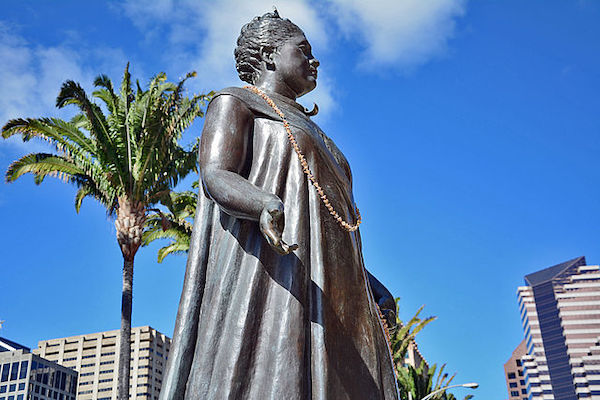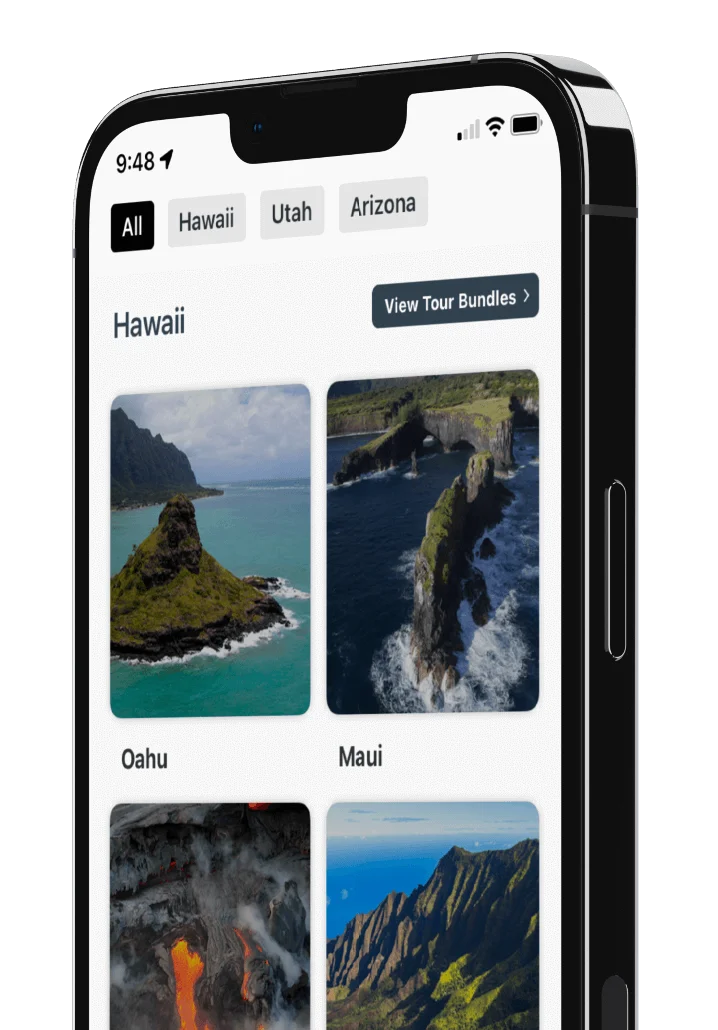
Prince Kuhio and the Creation of the Hawaiian Homelands

LISTEN TO AUDIO SAMPLE
How many of you visiting Hawaii haven't thought: “gee, wouldn't it be nice to own a piece of this island?” Well, that is nothing new! It wasn't long after foreigners started arriving in the islands, that the issue of land ownership would come up. But that was very different from Hawaiians' definition of owning land.
You see, king Kamehameha united the islands in 1795 - but, in spite of this, the king did not consider himself as a landowner. the ali'i, or the highest-ranking chiefs, were stewards of the land, but they didn't own it. After all, they reasoned, the land was there before they were born... and would be there after they died... so how could they possibly “own” the land?
You see, the Hawaiian word for land is 'aina. The root word of 'aina is 'ai, meaning “to eat” or “food.” Hawaiians knew the land fed them, and that if they cared for the land, the land would care for them. They believed the gods had provided man with land to live on and to eat from. They thought, “who could possibly own what was given by the gods for all to use?” Instead, it was divided and shared.
This sharing took place in land divisions called ahupua'a, or pie-shaped sections of land, that extended from the mountaintops to the ocean. The ahupua'a allowed villagers to gather resources at different elevations, including water, wood, crops, and sea life. This sustainable system kept the peace - because residents didn't need to cross into neighboring ahupua'a to gather food. It was genius!
During the 19th century, the arrival of missionaries, sandalwood merchants, and whalers put Hawaii on the world stage. It was seen as a land of opportunity for investors, who pressured the Hawaiian monarchy for private ownership of land. This conflicted with the traditional view of native Hawaiians.
In 1848, under the influence of foreign advisors, Kamehameha III signed into law the Great Mahele Land Division act. Some say this was the main reason why native Hawaiians lost their land. But the advisors convinced Kamehameha III that it was the best way to help commoners own land. The land was divided into three classes: crown lands to be owned by the king, government land that belonged to the Hawaiian nations, and konohiki land that was awarded to lesser chiefs to be privately owned. For the first time, individual Hawaiians could own a piece of land. Part of the intent behind the Mahele was to allow the native people to farm more, and to own land they could pass on to their descendants.
But it didn't quite work out that way for most Hawaiians. The newly-formed land commission initiated challenging requirements for Hawaiians. It required them to be able to read and write, and to pay taxes on their land. But the local people didn't have cash for these taxes, and many were forced to sell because they couldn't afford to pay these levies... and since there were no limits on who could own private land, foreigners began buying it up cheap. Little was left for the native Hawaiians. Sadly, the Hawaiian people who had already been decimated by disease, now began to lose the essential ling to their ancestral life - the land itself. The 'aina.
As businessmen from the mainland bought up land in Hawaii, the power of the monarchy waned. Eventually, these businessmen overthrew the kingdom with the intent to annex the islands to the United States, which would happen in 1898. Hawaii then became a territory of the United States - and the Hawaiian people lost both their political power and control of their land.
However, there is one bright spot in this tale. Prince Jonah Kuhio Kalanianaole - the nephew of Liliu’okalani, Hawaii’s last queen - was elected as the territory’s delegate to the US Congress. From there, he used his position to fight for his people and regain their ties to the land, the 'aina.
In 1921, Prince Kuhio’s advocacy led to the creation of the Hawaiian homelands, tracts of land allocated expressly for Hawaiian people for their settlement, and to help them continue traditional cultural practices tied to the land. While some activists feel the federal government needs to go even further to restore land rights to the Hawaiian people, Prince Kuhio’s efforts went a long way to make right many of the wrongs done to the Hawaiians after the fall of the monarchy.
Prince Kuhio is still remembered today as a hero for what he did. In fact, his birthday is an official state holiday.
Check out our Hawaii tours for more history about Hawaii!

 Buy Gift Card
Buy Gift Card















